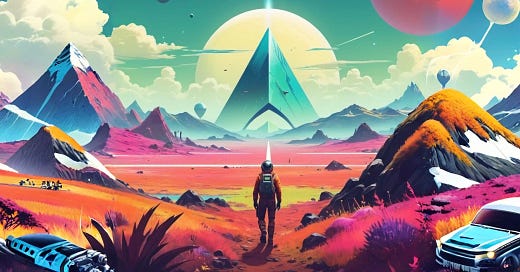While building PlaySuper, I spend a lot of time thinking about what makes games compelling and how we can keep players engaged for longer.
A fascinating trend in the industry is the emergence of what they call the "Everything Game."
What is an Everything Game?
Traditional game development emphasizes creating focused experiences built around a tight core gameplay loop. The idea is to master a single gameplay style and offer a refined, engaging experience around it. However, many developers dream of creating what can be called an Everything Game—a game that offers a variety of gameplay experiences, essentially becoming a platform that keeps players engaged through endless possibilities.
The concept isn’t entirely new; think of titles like Fortnite and Roblox, which have evolved into platforms offering various game modes and user-generated content. However, what’s particularly interesting is how mobile-first, live-service games are adopting and succeeding with this model.
The success of Everything Games isn't just about variety; it’s also about community. Multiplayer games inherently benefit from network effects—when one player enjoys a game, they bring their friends along.
Brawl Stars by Supercell is an excellent example of how an Everything Game can evolve. Initially launched as a competitive MOBA, Brawl Stars has expanded to include soccer and basketball modes, among others. These new modes remain true to the game’s core gameplay style but offer enough variety to attract different types of players.
This strategy has paid off. In 2023, Brawl Stars saw a resurgence with 200% growth in downloads year-over-year.
In the end, the key to success lies in understanding player needs and offering them a diverse, engaging experience. As the gaming landscape continues to evolve, so too will the definition of what a game can be
.




